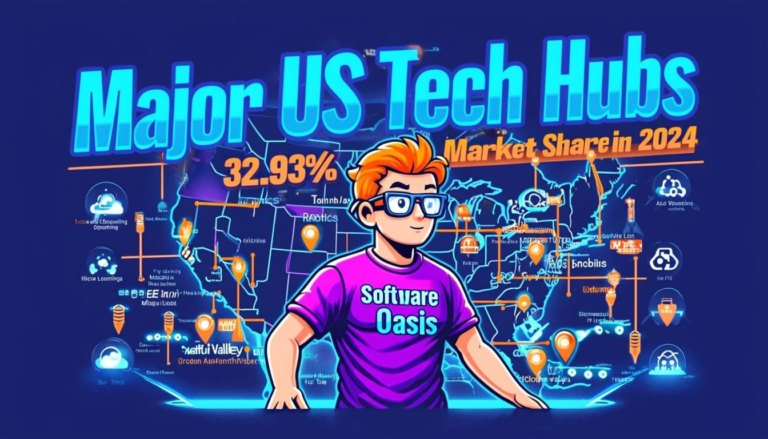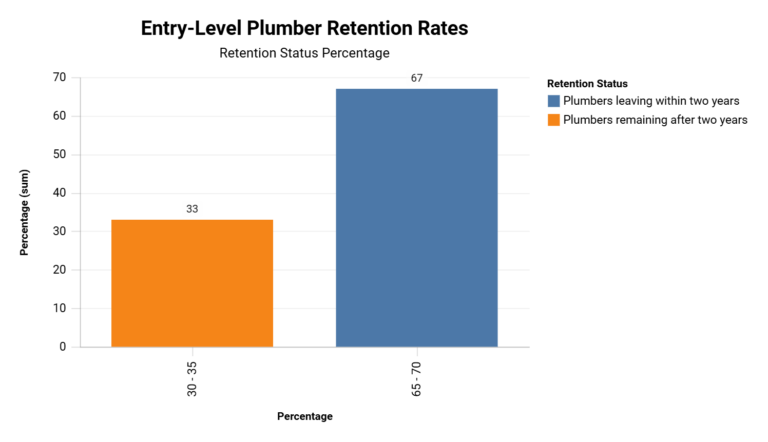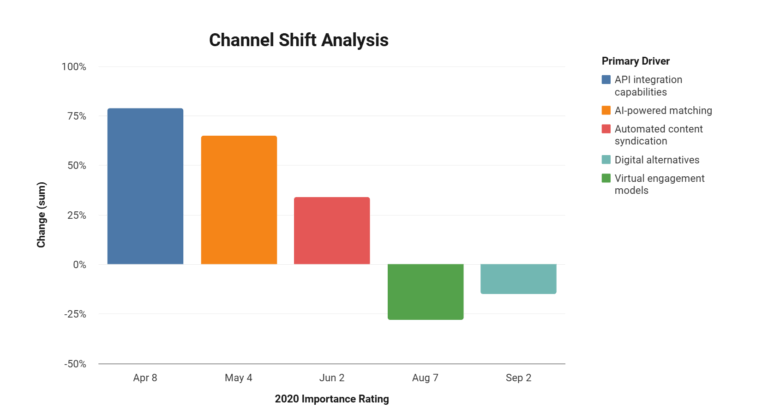AI in Lip-Reading Technology: Current Statistics and Data
AI in Lip-Reading Technology: Current Statistics and Data
Artificial Intelligence (AI) is revolutionizing the field of lip-reading technology, enabling machines to interpret speech by analyzing visual cues from lip movements. This innovation holds immense promise for improving communication accessibility for the hearing impaired, enhancing human-computer interaction, and enabling silent speech interfaces. This article explores the latest advancements in AI-powered lip-reading systems with a focus on current statistics and data-driven insights.
The Growing Importance of Lip-Reading Technology
Lip-reading technology has gained significant attention due to its potential applications in:
- Communication aids for individuals with hearing impairments.
- Silent speech interfaces for environments where audio communication is impractical.
- Enhanced human-computer interaction, particularly in noisy settings.

According to a 2024 study published in Semantics Scholar, the global market for speech recognition technologies, including lip-reading systems, is projected to grow at a compound annual growth rate (CAGR) of 17.2%, reaching $40 billion by 2030. This growth underscores the increasing demand for advanced communication solutions powered by AI.
How AI Enhances Lip-Reading Accuracy
AI has significantly improved the accuracy of lip-reading systems through deep learning models such as convolutional neural networks (CNNs), recurrent neural networks (RNNs), and transformers. A 2023 study on word-level lip-reading systems highlighted that state-of-the-art models now achieve up to 94.1% accuracy on large datasets like Lip Reading in the Wild (LRW), compared to just 66.1% in 2016 (Semantics Scholar, May 2023).

Key Advancements:
- Multimodal Approaches: Combining visual data with audio signals boosts performance in noisy environments.
- Lightweight Architectures: Models like Efficient-GhostNet reduce computational requirements, making them suitable for mobile devices (Semantics Scholar, February 2023).
- Attention Mechanisms: Techniques like Convolutional Block Attention Modules (CBAM) help systems focus on critical visual features (Semantics Scholar, January 2023).
Datasets Driving Innovation
The development of robust lip-reading systems relies heavily on large annotated datasets. Some of the most widely used datasets include:
- Lip Reading in the Wild (LRW): Contains over 500 English words and has been instrumental in achieving state-of-the-art results.
- OuluVS and CUAVE: These datasets focus on isolated word recognition.
- Speech Scene by Smart Device (SSSD): Designed for real-world applications where audio is unavailable or unreliable (Semantics Scholar, May 2023).
A recent study expanded a Chinese dataset called Databox to improve multilingual capabilities, emphasizing the need for diverse datasets to address language-specific challenges (Semantics Scholar, January 2023).
The Lip Reading AI Mastery course equips professionals in accessibility, surveillance, and media industries with cutting-edge skills to decode speech from silent videos, revolutionizing communication across these key sectors. In our review of the course we discover that silent videos no longer need to be a mystery or leave you missing crucial information. With AI-powered lip reading, you can unlock hidden speech and gain valuable insights from visual cues alone.
Real-World Applications
1. Communication Accessibility
AI-powered lip-reading systems are transforming communication for individuals with hearing impairments. For example, TensorLip uses deep learning within TensorFlow to enable real-time speech recognition solely from visual cues, bridging gaps in accessibility (Semantics Scholar, June 2024).
2. Silent Speech Interfaces
Silent speech interfaces are gaining traction in industries such as defense and healthcare. These systems allow users to communicate silently by interpreting their lip movements, offering a discreet alternative to traditional methods.
3. Human-Computer Interaction
Lip-reading technology enhances voice assistants and smart devices by enabling them to function effectively even in noisy environments.
Challenges and Future Directions
Despite significant progress, several challenges remain:
- Speaker Variability: Differences in accents, speaking styles, and facial features can impact system accuracy.
- Low Resolution: Many systems struggle with low-quality video inputs.
- Real-Time Processing: Achieving high accuracy while maintaining low latency is crucial for practical applications.
Future research aims to address these issues by developing more robust models and expanding dataset diversity.
Looking for AI Intelligent Document Processing consultants? Software Oasis was founded in 1998. We help businesses find top consultants across the U.S. and Canada. Often called the “Trusted List of Consulting,” it's a proven platform where organizations of any size can connect with verified subject matter experts. Find your perfect match quickly. Go from challenge to successful outcomes fast. Tough problems, smart solutions™. Learn more about Software Oasis AI in lip-reading technology consultants.
Conclusion
AI-powered lip-reading technology is poised to revolutionize communication accessibility and human-computer interaction. With advancements in deep learning models and the availability of large annotated datasets, these systems are becoming increasingly accurate and versatile. However, addressing challenges such as speaker variability and real-time processing will be crucial for widespread adoption.
Source Data
| Article Title | Publication | Date |
|---|---|---|
| Efficient DNN Model for Word Lip-Reading | Semantics Scholar | 2023-05-27 |
| Chinese Lip-Reading Research Based on ShuffleNet and CBAM | Semantics Scholar | 2023-01-13 |
| TensorLip: Unveiling Conversations with Deep Learning | Semantics Scholar | 2024-06-29 |




